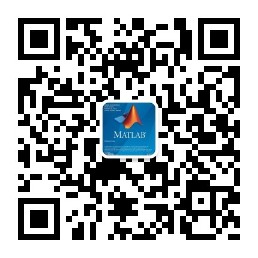博文
[转载]【电信学】【2008.11】基于荧光透视的电磁跟踪骨科X射线导航实践研究
||
本文为以色列耶路撒冷希伯来大学(作者:Yair Yarom)的硕士论文,共82页。
在计算机辅助技术中,导航系统旨在提高外科医生的手/眼协调性和空间感知能力。在骨科,主要的术中图像形式是X射线透视图像,使用导航系统可以通过连续跟踪患者和工具来最小化透视图像的数量。因此,它最大限度地减少了病人和外科医生的X射线照射。当今最常见的导航系统是基于光学跟踪器的,它需要传感器和摄像机之间的视线传递,并且具有相对较大的传感器。
本文评估了电磁跟踪在骨科手术环境中的可行性,并对其预期精度进行了量化。电磁跟踪器没有视线问题,传感器也很小,但是它们的精度不如光学跟踪器,因为它们对金属和电磁干扰更敏感。
为了评估电磁跟踪器的准确性,我们在跟踪手术工具和荧光镜的同时拍摄了工具的荧光图像。在图像上标记了荧光透视图像和跟踪器感知到的工具位置。误差是由标记位置和图像上刀具的真实位置之间的距离定义的。
在我们的实验中,我们在0.54mm - 3.91mm的范围内获得了2.41mm的平均精度(工厂校准工具),在1.02mm - 4.33mm范围内的平均精度为1.85 mm(实验室校准)。
Computer-assisted intra-operative navigation systems aim toimprove the surgeon’s hand/eye coordination and spatial perception.In orthopedics, where the main intraoperative image modality is the X-rayfluoroscopy image, using a navigation system can minimize the number offluoroscopic images used by continuously tracking the patient and the tools.Thus, it minimizes the exposure of both the patient and surgeon to the Xrayradiation. The most common navigation systems today are based on opticaltrackers which requires a line of sight between the sensors and the cameras,and have relatively large sensors.
This thesis evaluates the feasibility of electromagnetictracking in orthopedic surgical environment, and quantifies its expectedaccuracy. Electromagnetic trackers do not have the line of sight problem andthey have small sensors, but they are less accurate than the optical trackersas they are more sensitive to metallic and electromagnetic interferences.
To evaluate the accuracy of the electromagnetic tracker, wetook fluoroscopic images of tools while tracking both the tools and thefluoroscope. The fluoroscopic images where then dewarped and the location ofthe tools, as perceived by the tracker, was marked on the images. The error wasdefined by the distance between the marked location and the true location ofthe tools on the images.
In our experiments we achieved an average accuracy of 2.41mm in the range of 0.54 mm − 3.91 mm for a factory calibrated tool,and an average accuracy of 1.85 mm in the range of 1.02 mm − 4.33 mm for a lab calibrated tool.
1. 引言
2. 文献回顾
3. 材料与方法
4. 实验设置与协议
5. 实验结果
6. 结论
更多精彩文章请关注公众号:
https://blog.sciencenet.cn/blog-69686-1297571.html
上一篇:[转载]【计算机科学】【2017.06】室内智能体定位中的传感器融合与深度学习
下一篇:[转载]【计算机科学】卷积神经网络在图像识别中的应用